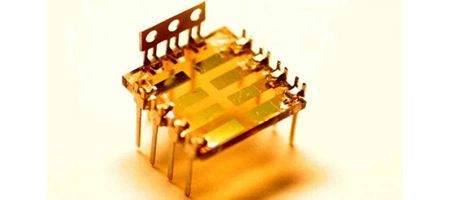University of Cambridge scientists have developed a new type of solar cell that could increase the maximum efficiency of solar panels by over 25 percent.

Traditional solar cells are relatively inefficient at capturing light, and a lot of it, particularly the blue photons, is lost as heat. As a result, traditional solar cells can only convert about 34 percent of available sunlight into electricity.
The Cambridge team, though, has succeeded in upping this to 44 percent. They’ve developed a hybrid cell which absorbs red light – and also harnesses the extra energy of blue light to boost the electrical current.
Typically, a solar cell generates a single electron for each photon captured. However, by adding pentacene, an organic semiconductor, the solar cells can generate two electrons for every photon from the blue light spectrum.
“Organic and hybrid solar cells have an advantage over current silicon-based technology because they can be produced in large quantities at low cost by roll-to-roll printing. However, much of the cost of a solar power plant is in the land, labour, and installation hardware,” says
Bruno Ehrler, the lead author on the paper.
“As a result, even if organic solar panels are less expensive, we need to improve their efficiency to make them competitive. Otherwise, it’d be like buying a cheap painting, only to find out you need an expensive frame.”
The team says the development could lead to a new generation of solar cells.






